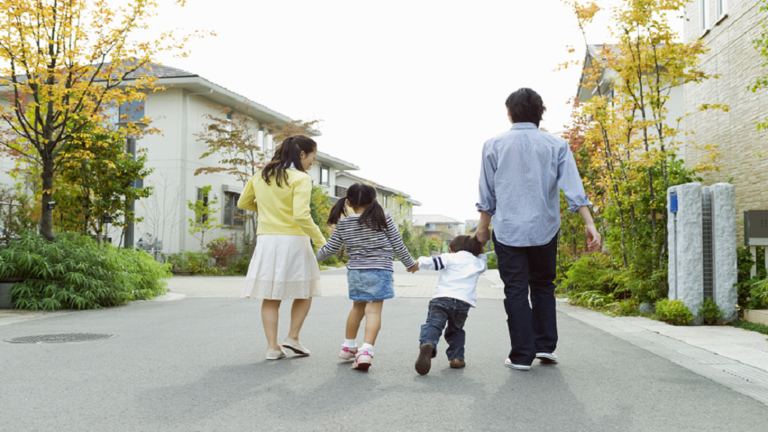Experts say that a child's walking pattern may mature slightly differently depending on where they grow up in the world. By the age of seven, most studies indicate that the stride length and timing of children's footsteps align with the coordination and rhythm of adult walking, regardless of their upbringing. However, at the same time, other studies have found nuanced "step-by-step" variations in how older children walk. These differences appear to persist as long as the person's slender lower limbs continue to develop, even into early adolescence, and may be influenced by culture.
In South Africa, for instance, researchers found that children in primary school already exhibit a mature angle of hip rotation when they walk. In contrast, in France, it takes children until around the age of 12 to develop a similar mature walking pattern. A recent study from Japan found even subtler differences in how children learn to walk like adults. Unlike children in South Africa, Japanese children did not show significant changes in hip rotation movements as they aged.
Researchers in Japan, through observing a large group of school children, found that children closer to the age of 12 had greater ankle strength compared to younger children. Their stride lengths were also shorter, and their rhythm was faster than that of 6, 7, and 8-year-olds. In other parts of the world, such as Mexico, studies of childhood walking have also shown a decline in steps and stride lengths as children grow, but the rhythm of these steps either remained the same or decreased after age seven.
The authors of the new study wrote: "The gait mechanics and movements of Japanese children aged 6 to 12 differ from those reported in children from other countries. While age-related changes in step rhythm appear to be similar globally, natural values differ slightly from those found in our study."
Although the differences are subtle, they are worth knowing. Assessing a child's gait can tell pediatricians a lot about their overall health, physical development, and whether they are growing in a typical manner. For this reason, there has been an effort in recent years to develop national standards in various countries around the world. The current study in Japan was an attempt to provide those standards.
Researchers used a three-dimensional gait analysis system to understand how children aged 6 to 12 use their lower limbs to walk. Among 424 children in Japan, researchers identified four significant developmental differences. Compared to younger children, older children in the study increased the number of steps they took per minute, a rate known as rhythm. Their stride lengths were also shorter compared to children aged 9 to 10 years. Additionally, while walking, older children in the study demonstrated a narrower range of motion in their knees and tended to point their toes more.
Health scientist Tadashi Ito from Nagoya University says, "We believe that differences in lifestyle, body structure, and cultural factors all influence the gait of Japanese children. It is unlikely that this affects the health of Japanese children, but it points to different characteristics than those seen in children from other countries."
In uncovering these nuanced differences, Ito adds that the study's findings "provide an important tool for assessing both normal and pathological gait and may help determine the effectiveness of orthopedic treatment and rehabilitation for gait disorders."
It is clear that the way children move differs from how adults do. Most of us can tell the difference at a glance. The reason for these differences is a shared curiosity. Is there a natural progression in learning that involves walking like adults? Or is something physically changing in the child as they grow? Could culture play a role? Studies on cultural differences in human gait are rare, and studies examining a variety of age groups are even less common.
Results such as those from the study in Japan certainly suggest a relationship. The study was published in the journal Scientific Reports.




